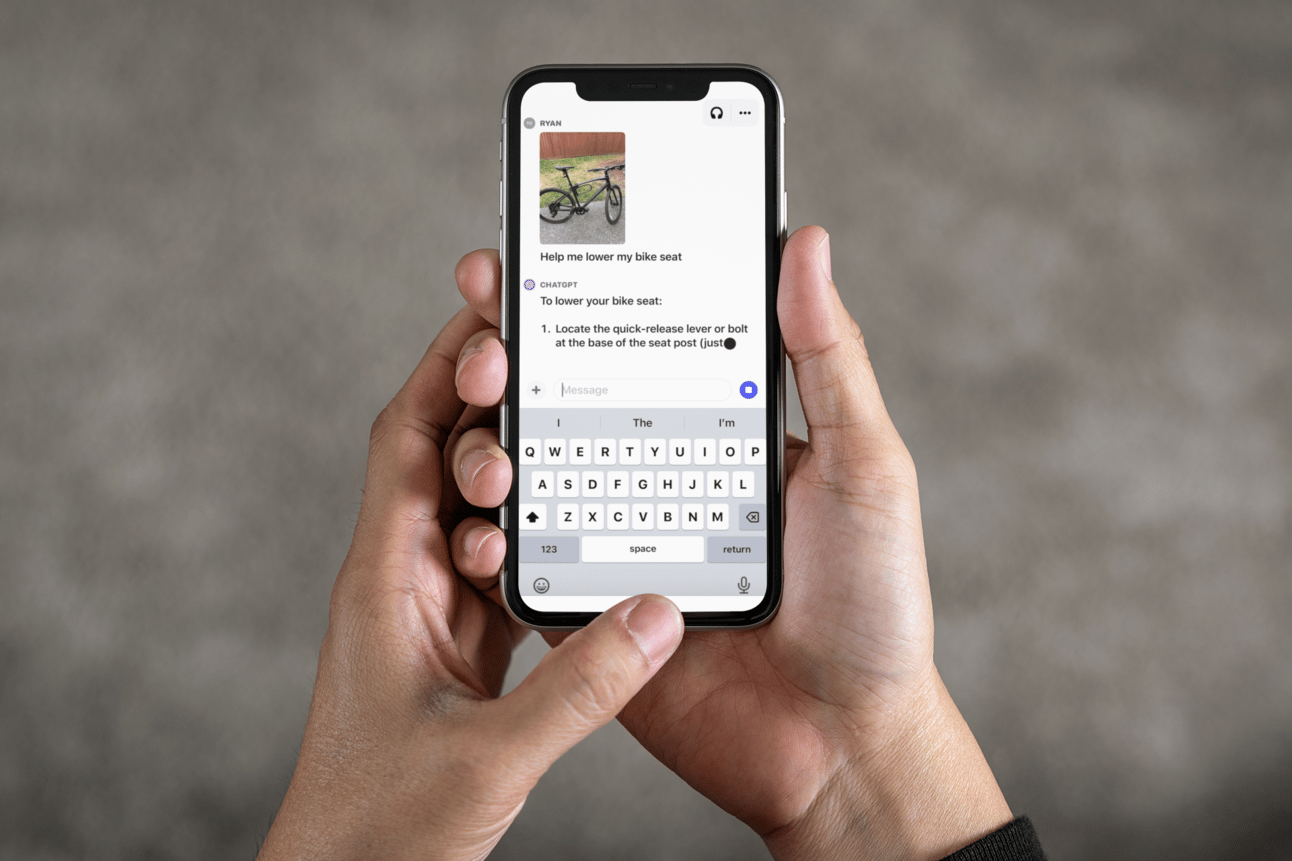Dear {{ first_name | reader }},
Recent ChatGPT releases have introduced significant new AI features that have the potential to transform crisis communication techniques.
During critical incidents, ChatGPT's new voice, image, and multimodal elements could enable more effective briefings, verification, training, and public relations.
In this edition of the Wag The Dog Newsletter, I look at several potential uses of these new features in the context of crisis communication*.
Voice for accessibility and real-time briefings
With ChatGPT's voice features, you could effortlessly exchange information through live updates and briefings. Hands-free voice instructions would allow crisis teams to access the latest information without having to divert their attention to written messages.
Stakeholders and audiences who are visually impaired or have difficulty reading text could also benefit from the voice features. A crisis-pre-trained ChatGPT version could reach a wider audience with timely and critical crisis messages through spoken briefings and Q&A.
Image analysis for context and verification
ChatGPT could verify the accuracy of information and create contextual awareness of new circumstances by analysing photos and data visualisations. Natural disasters, protests, and infrastructure damage can now be confirmed using photos.
ChatGPT can also decipher complex diagrams and models to potentially identify risks, trends, and uncertainties. This visual intelligence could enable more accurate, data-driven crisis messaging.

Perform image analysis and engage in a conversation with ChatGPT via mobile.
Multimode interaction for training and briefings
ChatGPT's combined audio and visual capabilities can open new avenues for multimodal interaction. Voice briefings and image analysis could be used in immersive training simulations to realistically prepare teams for crises.
Multimodal stakeholder briefings would provide complete overviews combining spoken, visual, and written information. This can lead to more nuanced knowledge and a more informed crisis response.
These latest developments in ChatGPT, if used intelligently, could make crisis communication more flexible, comprehensive, and ultimately more effective in unexpected times.
Read the full story and also the section about limitations and safe use here on the OpenAI website.
*Organisations should pilot test the responsiveness of any AI system, develop ethical standards and integrate features into current protocols as they explore potential applications.
🎧 Do you listen to podcasts? This newsletter is now available in audio format on Google Podcasts, Spotify, Stitcher, Deezer, Listennotes and many more.
What I am reading/testing/checking out:
Wondercraft Dubbing - Audio and video dubbing via AI in 16 languages.
Mastering Crisis Communication with ChatGPT: simply because I urgently need to update the book I wrote in February! 😅
Go Holler: one-question surveys powered by AI.
PS: I hope you've enjoyed this newsletter! Creating it each day is a labour of love that I provide for free. If you've found my writing valuable, the best way to support it is by sharing it with others. Please click the share button below to spread the word; it would mean so much to me. Thank you for reading!
Sponsor
This newsletter is sponsored by Beehiive, the best platform to start a newsletter. In fact, the email you’re reading has been crafted with Beehiive which is the content publishing platform that delivers you the Wag The Dog newsletter.